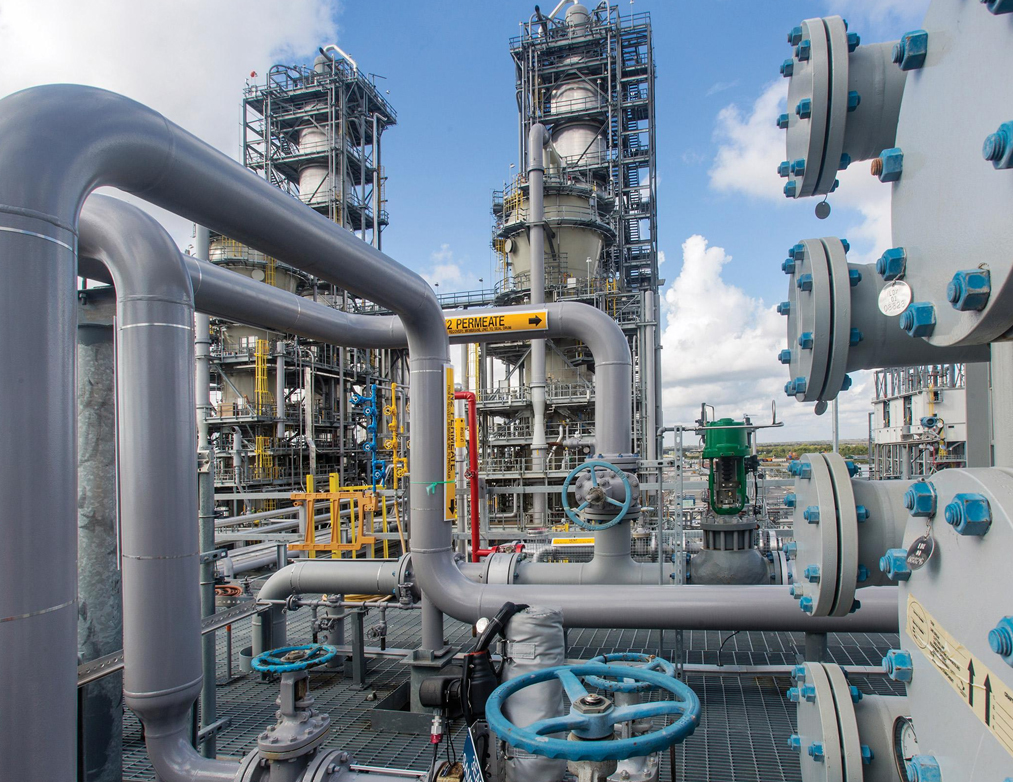English
- Afrikaans
- Albanian
- Amharic
- Arabic
- Armenian
- Azerbaijani
- Basque
- Belarusian
- Bengali
- Bosnian
- Bulgarian
- Catalan
- Cebuano
- Corsican
- Croatian
- Czech
- Danish
- Dutch
- English
- Esperanto
- Estonian
- Finnish
- French
- Frisian
- Galician
- Georgian
- German
- Greek
- Gujarati
- Haitian Creole
- hausa
- hawaiian
- Hebrew
- Hindi
- Miao
- Hungarian
- Icelandic
- igbo
- Indonesian
- irish
- Italian
- Japanese
- Javanese
- Kannada
- kazakh
- Khmer
- Rwandese
- Korean
- Kurdish
- Kyrgyz
- Lao
- Latin
- Latvian
- Lithuanian
- Luxembourgish
- Macedonian
- Malgashi
- Malay
- Malayalam
- Maltese
- Maori
- Marathi
- Mongolian
- Myanmar
- Nepali
- Norwegian
- Norwegian
- Occitan
- Pashto
- Persian
- Polish
- Portuguese
- Punjabi
- Romanian
- Russian
- Samoan
- Scottish Gaelic
- Serbian
- Sesotho
- Shona
- Sindhi
- Sinhala
- Slovak
- Slovenian
- Somali
- Spanish
- Sundanese
- Swahili
- Swedish
- Tagalog
- Tajik
- Tamil
- Tatar
- Telugu
- Thai
- Turkish
- Turkmen
- Ukrainian
- Urdu
- Uighur
- Uzbek
- Vietnamese
- Welsh
- Bantu
- Yiddish
- Yoruba
- Zulu
Telephone: +86 13120555503
Email: frank@cypump.com
Dec . 20, 2024 19:56 Back to list
mixed flow submersible pump
Understanding Mixed Flow Submersible Pumps A Comprehensive Overview
Mixed flow submersible pumps are crucial components in a variety of industrial, agricultural, and municipal applications. These pumps are designed to operate underwater, where their unique configuration and functionality allow them to transport liquids efficiently, particularly in situations where vertical and horizontal flow is necessary. This article will delve into the design, applications, and advantages of mixed flow submersible pumps.
Design and Operation
Mixed flow submersible pumps combine elements of both axial and radial flow pumps. This design facilitates a mixed flow pattern, allowing water to enter the pump axially and exit radially. The impeller is typically multi-vane, ensuring that the fluid is guided in a direction that maximizes efficiency. The submerged operation of these pumps is key, as it allows for direct pumping from wells, reservoirs, or other bodies of water without the need for priming.
The motor of a mixed flow submersible pump is situated at the base of the pump, protecting it from potential damage that can occur from exposure to the elements, especially in outdoor or industrial settings. The hermetic sealing of the motor is pivotal; it prevents water ingress and maintains the pump's operational integrity even in turbulent conditions.
Applications
Mixed flow submersible pumps are widely employed in various settings. In the agricultural sector, they are commonly used for irrigation purposes, efficiently drawing water from deep wells or lakes. Their ability to handle large volumes of water at moderate pressure makes them ideal for drip or sprinkler irrigation systems.
In municipal applications, these pumps are integral to sewage and wastewater systems, facilitating the movement of effluents from treatment plants to discharge sites. Moreover, they are often utilized in flood management systems to help control water levels during heavy rainfall or snowmelt periods.
mixed flow submersible pump

Industrial applications also benefit from mixed flow submersible pumps. They are used in processes that require continuous water supply, such as cooling systems in power plants or as part of mineral processing operations. Additionally, these pumps play a critical role in fire protection systems by ensuring a consistent water supply for fire suppression.
Advantages
One of the primary advantages of mixed flow submersible pumps is their efficiency in transferring water across varying depths and distances. Their design allows for high flow rates with relatively lower energy consumption compared to other pump types. This cost efficiency is crucial for commercial and agricultural businesses that rely heavily on consistent irrigation and water supply.
Another notable benefit is their versatility. Mixed flow pumps can handle a range of fluids, including those with varying viscosities and solid content, making them suitable for diverse applications. This adaptability helps in reducing the need for multiple pump types in a facility, thereby streamlining operations and reducing maintenance costs.
The submersible nature of these pumps also contributes to their low noise levels during operation. Since the pumps are installed underwater, noise pollution is significantly minimized, a feature that is particularly valued in urban areas or residential settings.
Lastly, these pumps are installed below the water level, which eliminates the issues associated with cavitation—a common problem in surface pumps. This ensures smoother operation and extends the lifespan of the equipment.
Conclusion
In conclusion, mixed flow submersible pumps are an indispensable aspect of modern water management systems. Their efficient design allows them to serve a multitude of applications across various industries, from agriculture to municipal services. As the demand for reliable water management continues to grow, the importance of understanding and utilizing mixed flow submersible pumps will remain paramount. With their combination of efficiency, versatility, and operational durability, these pumps are likely to play a critical role in sustainable water management solutions in the future.
-
ISG Series Vertical Pipeline Pump - Chi Yuan Pumps Co., LTD.
NewsJul.30,2025
-
ISG Series Vertical Pipeline Pump - Chi Yuan Pumps Co., LTD.|energy-efficient fluid handling&industrial durability
NewsJul.30,2025
-
ISG Series Vertical Pipeline Pump - Chi Yuan Pumps | Advanced Engineering&Industrial Efficiency
NewsJul.30,2025
-
ISG Series Pipeline Pump - Chi Yuan Pumps | High Efficiency, Energy Saving
NewsJul.30,2025
-
ISG Series Vertical Pipeline Pump-Chi Yuan Pumps|High Efficiency&Reliable Performance
NewsJul.29,2025
-
ISG Series Vertical Pipeline Pump|High Efficiency&Low Noise
NewsJul.29,2025










